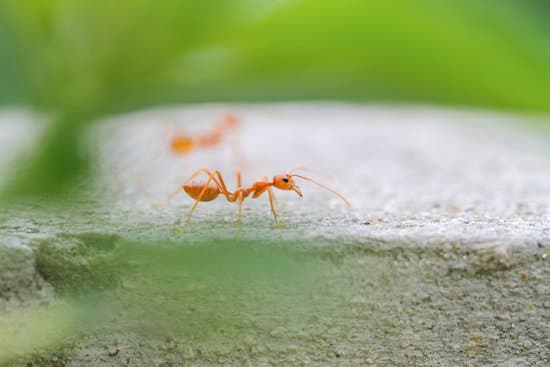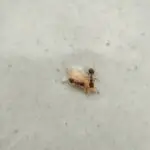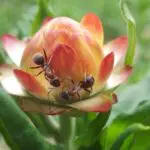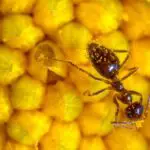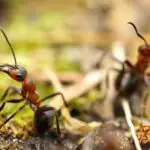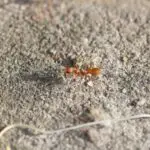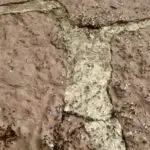How Ants Are Made and Where They Breathe
Unlike humans, ants breathe from tiny holes in their bodies. These holes are called spiracles, and are connected through a network of tubes. They allow oxygen to enter the ant’s body and carbon dioxide to leave. The tubes also deliver air directly to the ant’s cells.
The head of an ant is made up of a triangular structure, with three simple eyes. The eyes are used for navigation, as well as to monitor celestial cues. The eyes are made of hundreds of lenses.
Ants also have a set of antennae, which are bent in the middle like human elbows. The antennae can be used to detect food, and they help ants to communicate. The ant’s nervous system consists of a spinal cord that branches off into different parts of the body.
The ant’s heart is located in the gaster, and it pumps colorless blood to the head. The hemolymph, which is a fluid similar to blood, fills hollow spaces in the ant’s body. The hemolymph doesn’t transport oxygen, but it does carry nutrients.
The ant’s exoskeleton is made of a hard, water-proof material called chitin. The exoskeleton has an outer layer of hard chitin, and the inner layer is soft chitin. The exoskeleton protects the ant’s body from water and lets it survive submersion.
Ants have three major body parts: the head, the abdomen, and the legs. The abdomen has two stomachs, one for food to be shared among the ants, and the other for the ant’s own consumption. The legs have hooked claws that help the ants climb and hang onto smooth objects.
